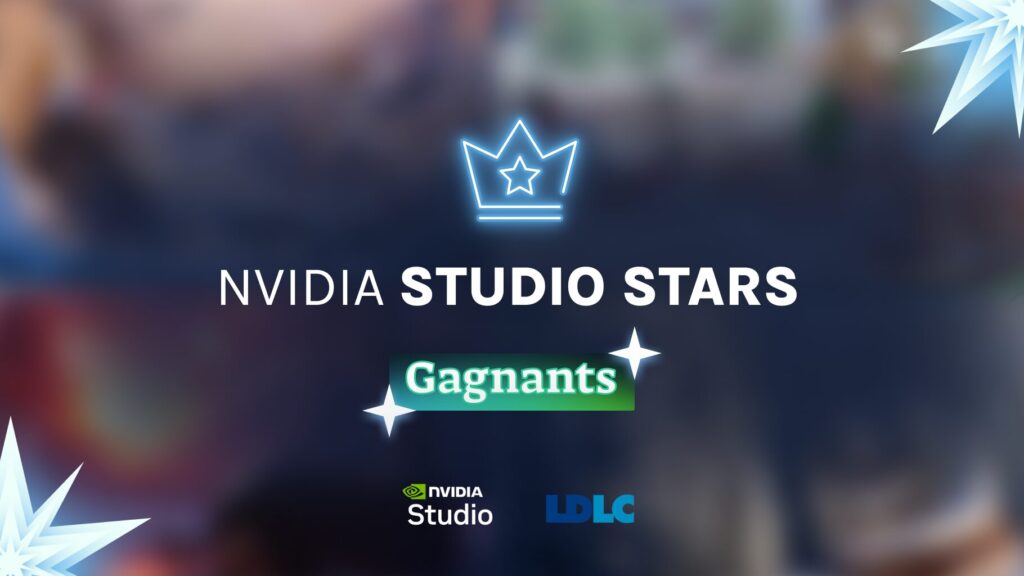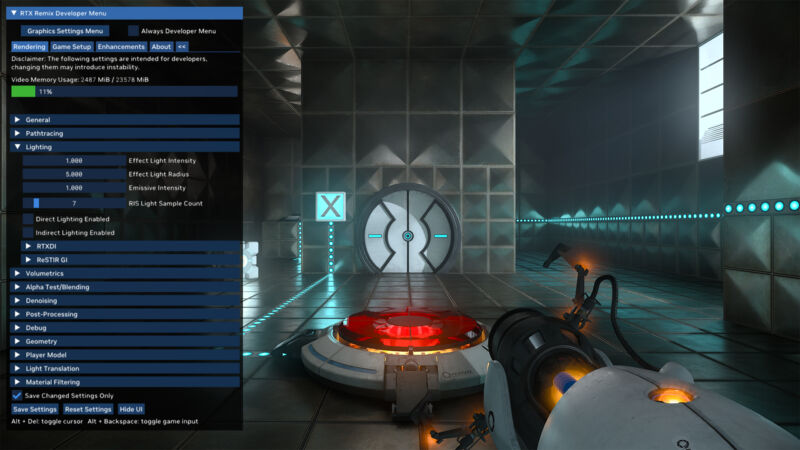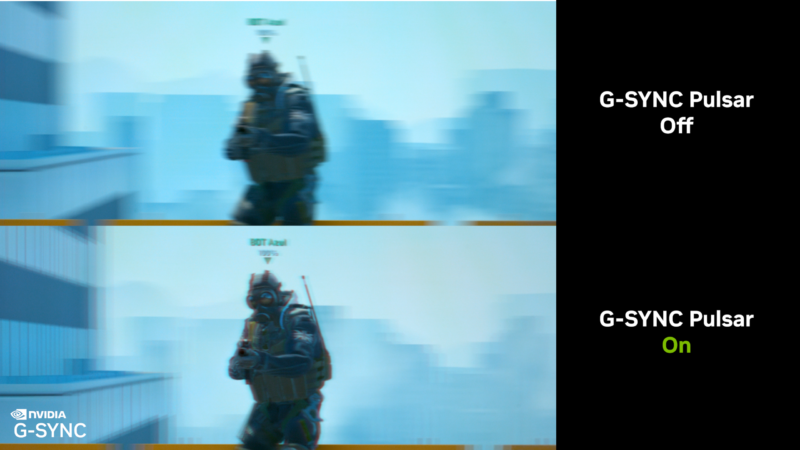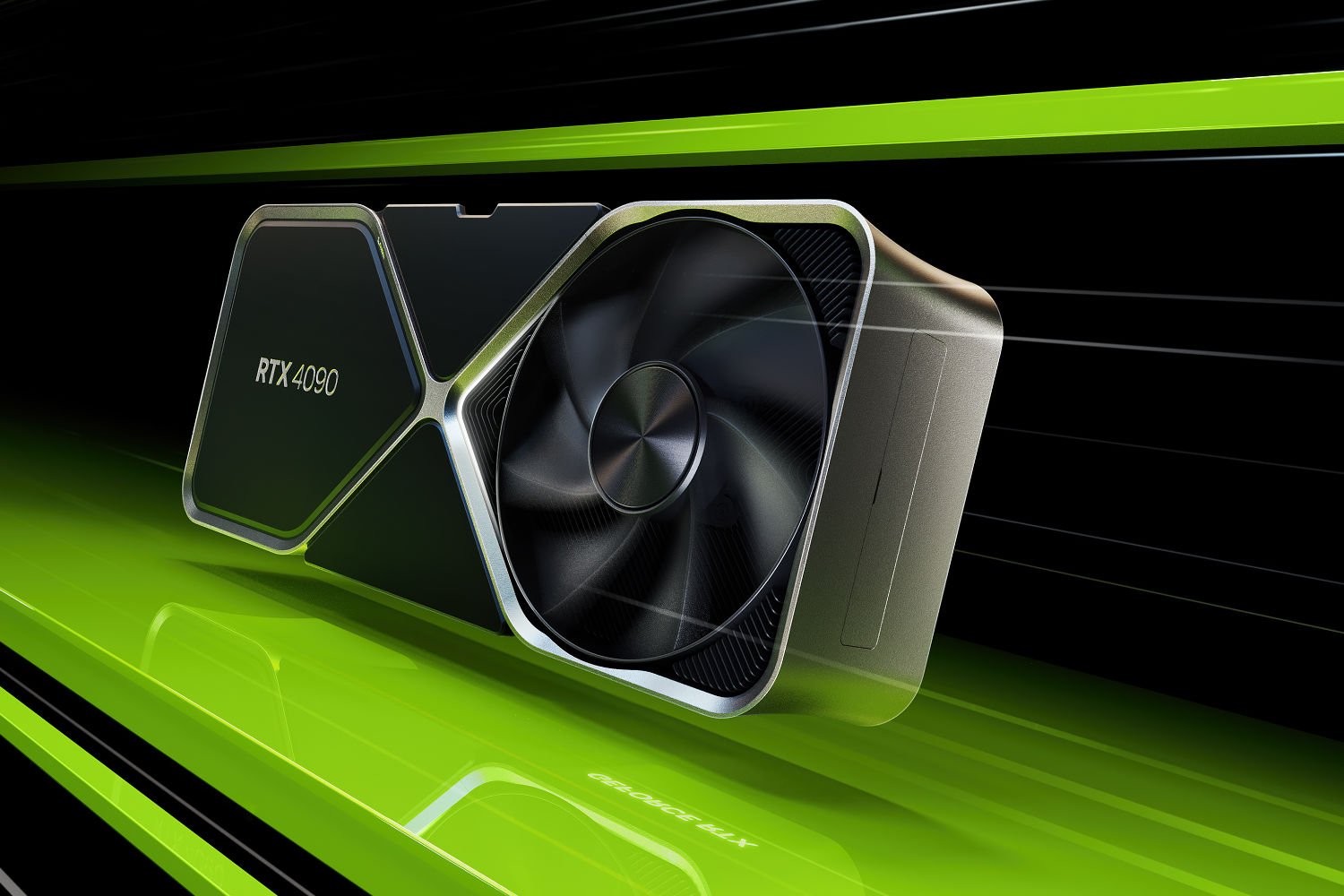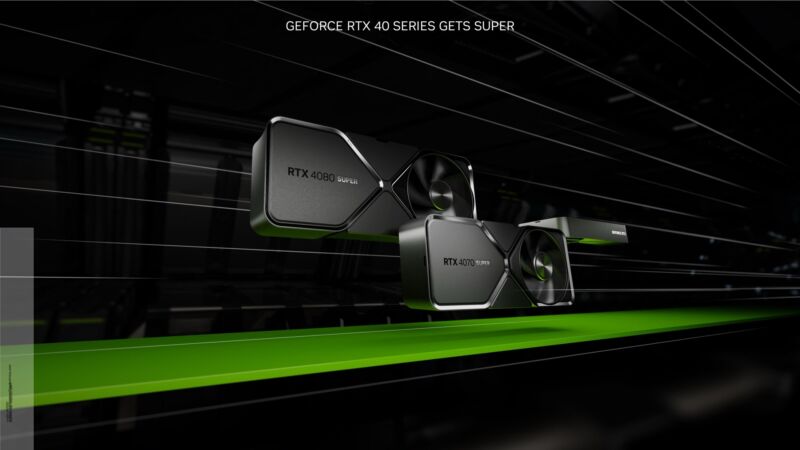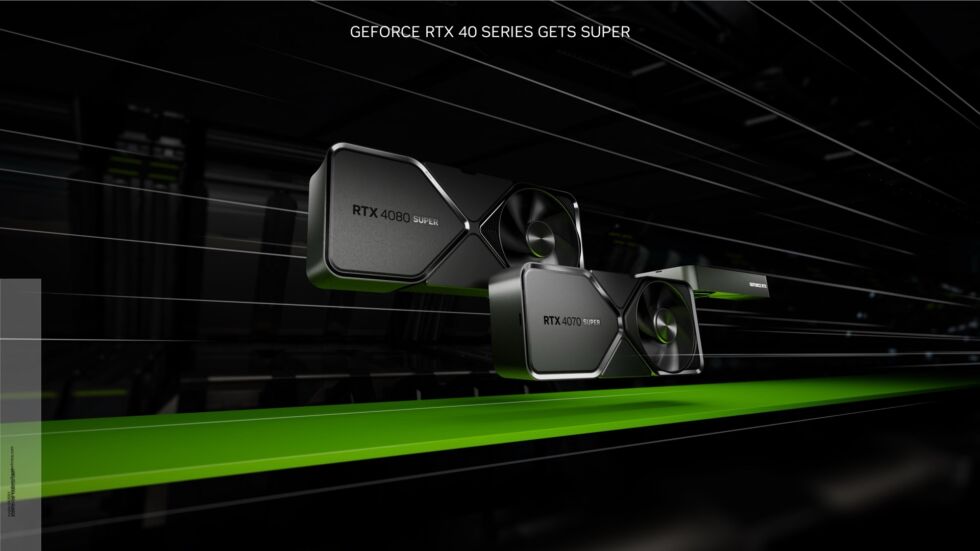-
 chevron_right
chevron_right
US funds $5B chip effort after lagging on semiconductor innovation
news.movim.eu / ArsTechnica · Friday, 9 February - 17:35

Enlarge / US President Joe Biden speaks before signing the CHIPS and Science Act of 2022. (credit: Chip Somodevilla / Staff | Getty Images North America )
The Biden administration announced investments Friday totaling more than $5 billion in semiconductor research and development intended to re-establish the US as a global leader manufacturing the "next generation of semiconductor technologies."
Through sizeable investments, the US will "advance US leadership in semiconductor R&D, cut down on the time and cost of commercializing new technologies, bolster US national security, and connect and support workers in securing good semiconductor jobs," a White House press release said.
Currently, the US produces "less than 10 percent" of the global chips supply and "none of the most advanced chips," the White House said. But investing in programs like the National Semiconductor Technology Center (NSTC)—considered the "centerpiece" of the CHIPS and Science Act's four R&D programs—and training a talented workforce could significantly increase US production of semiconductors that the Biden administration described as the "backbone of the modern economy."


